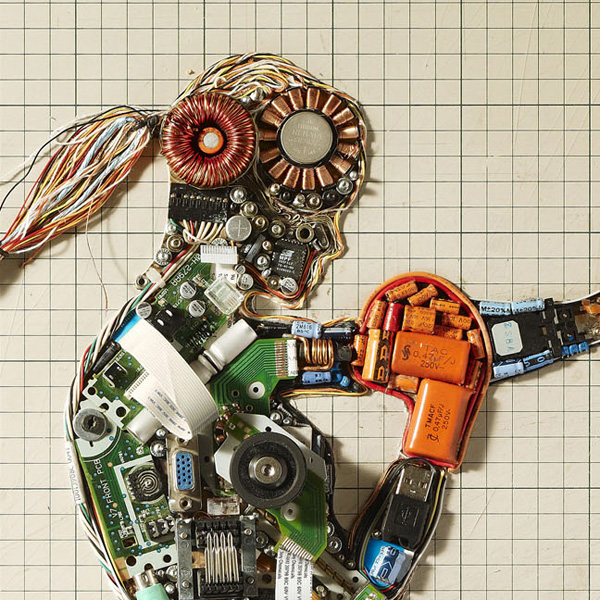Navigating Complexity: Unraveling the Distinction Between Composition and Component in Various Domains

In the realms of various industries, the terms composition and component play pivotal roles, each contributing to the intricacies of design, structure, and functionality. This exploration seeks to clarify the nuanced differences between composition and component across diverse domains, providing a comprehensive understanding that transcends basic definitions.
1. Defining Composition: The Synergy of Elements
In a broad sense, composition refers to the arrangement, combination, or structure of multiple elements to form a unified whole. This concept is prevalent in fields such as music, literature, and art. In music composition, it involves the arrangement of musical elements like melody, harmony, and rhythm to create a cohesive piece. Similarly, in literature and art, composition encompasses the deliberate arrangement of elements to convey a specific message or evoke particular emotions.
2. Composition in Software Engineering: The Architecture Blueprint
In the realm of software engineering, composition takes on a different meaning. It refers to the arrangement of software modules or components to build a comprehensive system. Software composition involves designing the architecture, defining relationships between modules, and ensuring seamless integration to achieve the desired functionality. This can include the composition of functions, classes, or libraries in programming languages.
3. Understanding Component: The Fundamental Building Block
A component, on the other hand, is a discrete, self-contained unit that serves as a fundamental building block within a system. This term is prevalent in various industries, including electronics, engineering, and software development. In electronics, components can be resistors, capacitors, or integrated circuits. In engineering, components may refer to mechanical parts, such as gears or bolts. In software development, components are modular units that perform specific functions, enhancing code modularity and reusability.
4. Components in Electronic Systems: Building Blocks of Functionality
In the realm of electronics, components are the essential elements that make electronic systems function. Each component has a specific role, and the combination of these components forms electronic circuits. Resistors, capacitors, transistors, and integrated circuits are examples of electronic components. Understanding their specifications, characteristics, and interactions is crucial for designing efficient and reliable electronic systems.
5. Components in Mechanical Engineering: Constructing Systems
In mechanical engineering, components refer to individual parts or elements that contribute to the overall structure and function of a mechanical system. These components can include gears, bearings, shafts, and more. The proper selection and arrangement of mechanical components are vital for designing systems that meet performance and reliability requirements.
6. Software Components: Modular Functionalities
In the realm of software development, components are modular units of code that encapsulate specific functionalities. They promote code reusability, maintainability, and scalability. Components can range from simple functions to complex libraries or frameworks. The composition of these software components determines the architecture and behavior of the software system.
Conclusion: Bridging the Gap Between Composition and Component
In conclusion, the distinction between composition and component is context-dependent, with nuanced meanings across various domains. While composition refers to the arrangement or structure of elements to form a unified whole, a component is a discrete building block that serves a specific function within a system. Understanding these terms in the diverse contexts of music, literature, software engineering, electronics, and mechanical engineering is essential for professionals navigating complex design challenges. By unraveling the intricacies of composition and recognizing the fundamental role of components, individuals across industries can contribute to the creation of innovative and harmonious systems.


